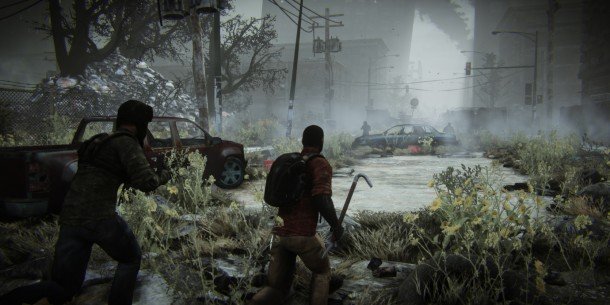
If a large-scale disaster were to happen right now, would you be ready to bug out at a moment's notice? Sure, bugging out for a week or two might not be too difficult, but what about long-term survival? It is easy to have a well-stocked bug out bag, but it can only get you so far if you don't have a contingency plan. Prepping and bugging out require commitment; otherwise, you might end up underestimating what life will be like after SHTF. Here are some scenarios that you can expect to happen after you bug out and how to prepare for them. (h/t to Survivopedia.com.)
Bug out location
In a best case scenario, you should already have a destination in mind for bugging out. This can be a cabin in the woods, a family home out in the country, a hotel, or a temporary dwelling in a remote area. If you haven't planned a bug out location, you should start thinking of one now. There are two possible options for a bug out location. These options are the obvious location and the hidden one. The obvious option is just another physical structure that can serve as a "safe house." It is obvious in that anyone who stumbles upon this uninhabited dwelling can very easily take it over, even if you rightfully own it. It is a possibility to take into consideration as disasters can often cause a mass evacuation of people. They will likely be desperate people looking for someplace safe to seek shelter at. A safer option would be the hidden location. This usually takes the form of an underground bunker, hiding in plain sight. This option is far more difficult to pull off, but if it is done properly, no one will ever even know it's there. (Related: Top 10 tips for bugging out when SHTF.)
Securing your perimeter
Assuming you have a bug out location and you can reach it, the last thing you want to do is to waltz right in without first checking if anyone else has taken it over. It would be like walking right into a trap. It is generally better to bug out with a group of trusted companions to provide support. Each person can also be assigned different tasks. When you first arrive at your safe house, circle around it to check it from all sides. Take note of any signs of forced entry or trespassing. If you are with a group, have a few people move in towards the house while others stand back and watch. They should be able to provide fire support, if necessary. Enter the building and do a clean sweep of all the rooms. If you do encounter someone, try to handle the situation peacefully.
Setting up a perimeter defense
Now that you've secured your safe house, you'll want to set up a watch or a lookout. This is the main reason why it is important to bug out as a team, rather than individually. While other people sleep, at least one person should be able to keep watch, in case anything happens. If an intruder trespasses on the property, they can immediately warn the others. If you are alone at an obvious bug out location, it is not recommended to sleep inside the house. Instead, you can set up a satellite camp in the distance where you can sleep. It should be close enough to keep an eye on your safe house, but far enough that you can escape undetected if your location is taken over.
Survival caches
Your home away from home should be well-stocked with survival necessities, such as food, water, and medical supplies. At the same time, you won't want to keep all your supplies in one place. You can bury several survival caches within walking distance of your location. You can also hide them in a remote storage area. This way, you will still have access to your supplies even if your bug out location is overrun.
If you want to know more about how to survive when SHTF, you can read more articles by going to Survival.news.
Sources include:
Please contact us for more information.





















